Before asparagus goes out of season this year, make time to prepare this soup. And make a batch of the delicious savory cookies (cheese, thyme and Parmesan) to go along with it. Neither recipe is difficult – you can even make the soup the day ahead and the cookie log could be made weeks ahead and frozen – then sliced and baked before serving.
Oh yes, this is worth making. Definitely! Worth making 2-3 batches of it and freeze for a later date – when we won’t have asparagus at all. A “batch” of this requires 1 1/2 pounds of asparagus. So I’d buy 3 pounds and make one big soup pot of it, then freeze in 1 or 2 cup portions. This isn’t the kind of soup you’d use as a full meal – it’s light and there’s nothing of the stick-to-the-ribs ingredients. There are a few peas in this, just to give the soup a little more of a green-y color, but unless someone told you there were peas in it, I’m not sure you’d know. This would make a lovely lunch dish!
Do make sure you have some tarragon on hand – it’s an important flavor ingredient here. We’ve been unable to grow tarragon in our garden, gosh darn it – so nearly every time I’m shopping I look for a little plastic box of it. More often than not, it’s not there. When you need tarragon, well, you just need it. Dried tarragon will work in an absolute pinch, but it doesn’t have the flavor components (to me, anyway) that fresh has.
Then there are the little savory cookies. These are so good – rich and crumbly, and they go perfectly with this soup. Do start them a few hours before you need them (or even bake them a few hours ahead). They could easily be made a week ahead and frozen. Slice off what you need and bake them. If a cookie contains a goodly amount of butter, you’ll not have trouble slicing them when they’re frozen. That’s the case here. The savory cookies are almost like shortbread, but instead of sweetness, they contain cheese and thyme. These are the kind of “cookies,” if you will, that could always reside in the freezer for times when you suddenly need an appetizer. Years ago I used to have plenty of those things, that lived in the freezer, always at-the-ready for impromptu guests. I think today most people don’t do impromptu dropping-in on people.
Both of these came from Linda Steidel, a cooking instructor, although she got the recipes from Food & Wine magazine in 2011.
What I liked: the asparagus flavor – and it seems like the addition of the frozen peas just enhances the asparagus – the same kind of affinity that chocolate desserts have when you add a little jot of coffee or espresso. An easy soup to make, for sure. The cheese shortbread cookies are sensational too. It’s all delish. The soup could be a vegetarian one if you substitute vegetable stock for the chicken stock.
What I didn’t like: absolutely nothing. Will be making again. Both of them.
printer-friendly PDF (soup)
printer-friendly PDF (cheese cookies)
MasterCook 5+ import file – (soup) – right click to save file, run MC, then File|Import
MasterCook 5+ import file – (cheese cookies) right click to save file, run MC, then File|Import
Asparagus Soup with Tarragon
Recipe By: From chef/instructor Linda Steidel, 2012 (also from Food & Wine, 2011)
Serving Size: 6
2 tablespoons unsalted butter
1 medium onion — thinly sliced
1 1/2 pounds asparagus — cut in 1″ pieces
1 quart chicken stock
1/4 cup fresh tarragon — plus more for garnish
1 tablespoon Italian parsley
1/2 cup frozen peas — baby peas, thawed
1/4 cup heavy cream
Salt and freshly ground WHITE pepper to taste
Finely grated lemon zest for garnish
1. In a large pot melt the butter. Add onion, cover and cook over moderate heat, stirring, until softened, about 5 minutes. Add asparagus and cook for a minute. Add broth and simmer until asparagus is tender, about 10 minutes.
2. Add the 1/4 cup tarragon, parsley and peas. Working in batches, puree the soup in a blender. Return soup to the pot, add cream and rewarm. Season with salt and white pepper to taste, then garnish each bowl with more tarragon leaves and the lemon zest.
Per Serving: 114 Calories; 8g Fat (63.7% calories from fat); 3g Protein; 7g Carbohydrate; 2g Dietary Fiber; 24mg Cholesterol; 1451mg Sodium.
. . .
Parmesan Shortbread Coins
Recipe By: From chef/instructor Linda Steidel, 2012 (also from Food & Wine, 2011)
1 1/2 cups all-purpose flour
1 1/2 cups freshly grated Parmigiano-Reggiano cheese — (6 ounces)
1 teaspoon dried thyme
1 teaspoon finely grated lemon zest
1 teaspoon kosher salt
1 1/2 sticks unsalted butter — softened
2 large egg yolks
1. In a standing electric mixer fitted with the paddle, combine the flour, cheese, thyme, lemon zest and salt. Add the butter and egg yolks and beat at medium speed until lightly moistened crumbs form. Gather the crumbs and knead to form a 2-inch-thick log. Wrap in plastic and refrigerate until chilled, about 30 minutes.
2. Preheat the oven to 325° and line 2 baking sheets with parchment. Slice the log 1/4 inch thick (or maybe 1/3 inch) and arrange on the baking sheets. Bake for about 20 minutes, until golden around the edges; let cool on the sheets.





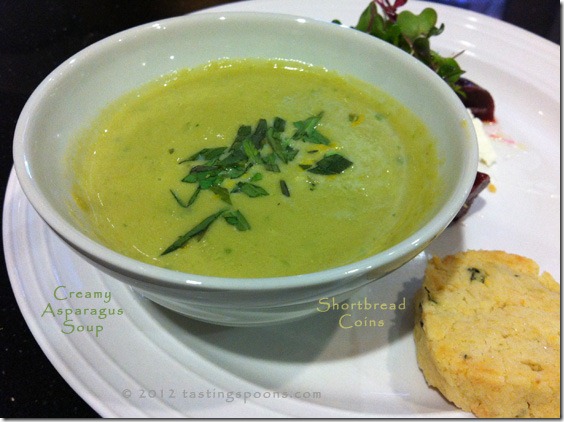

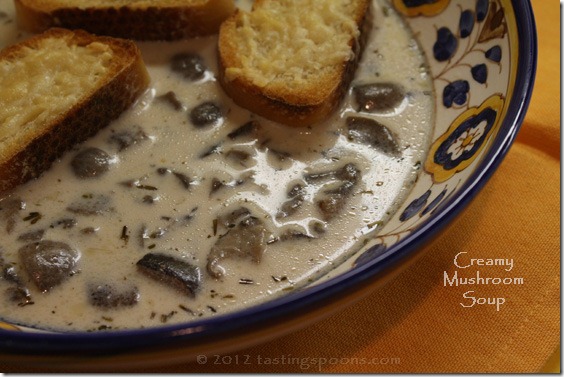
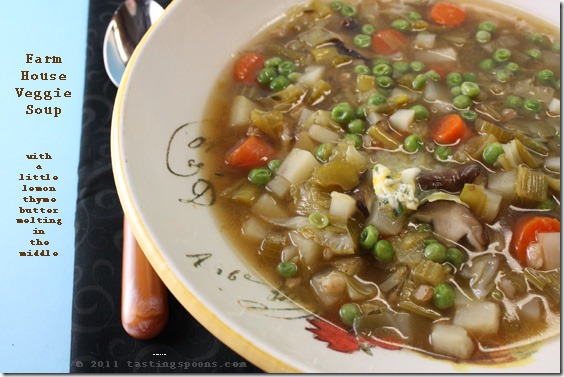
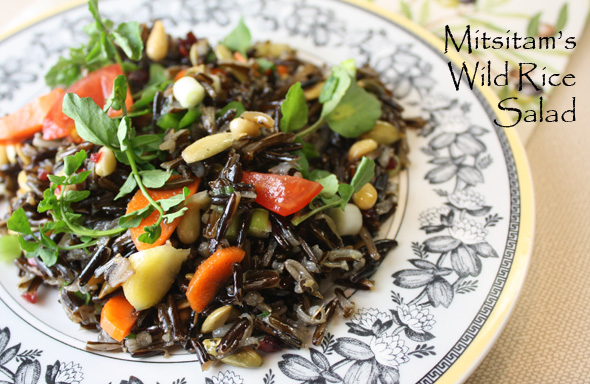
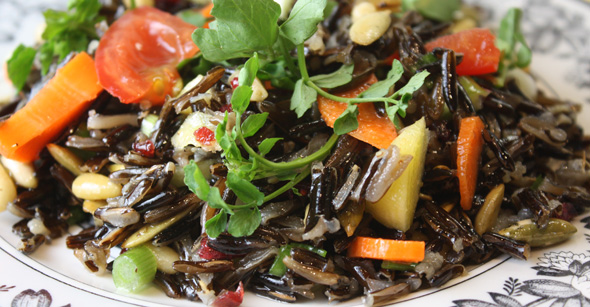
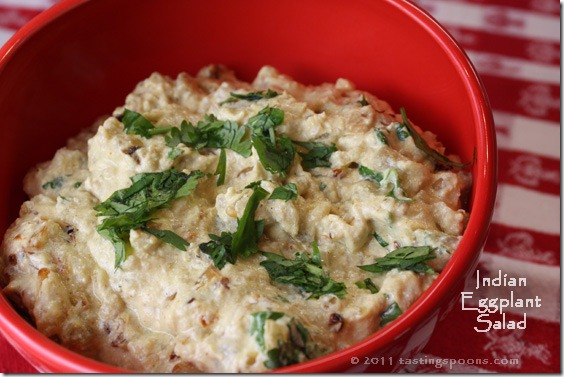
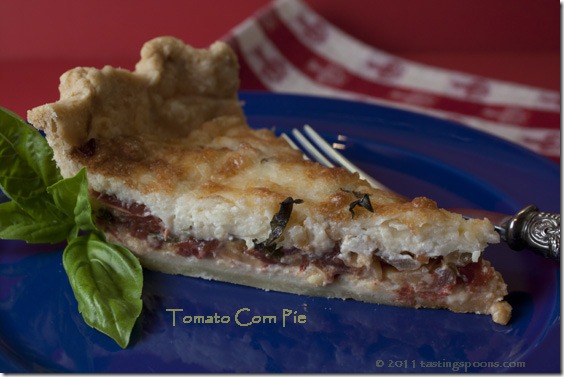
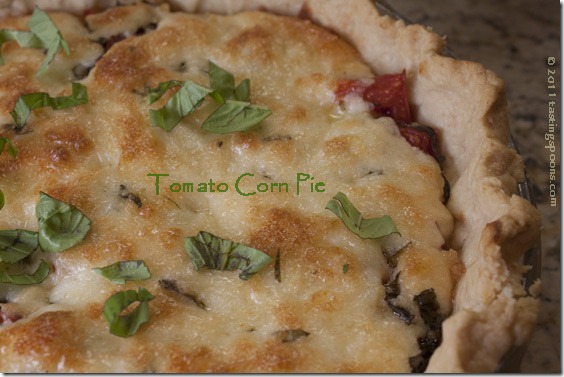
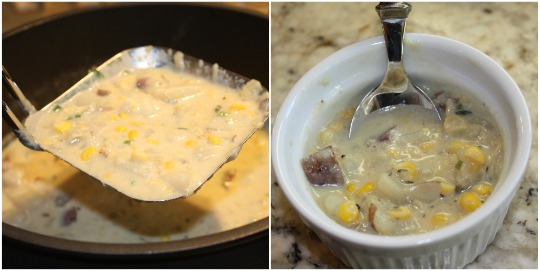
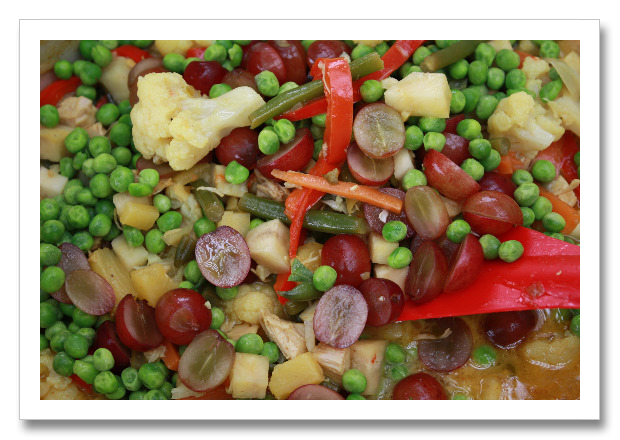
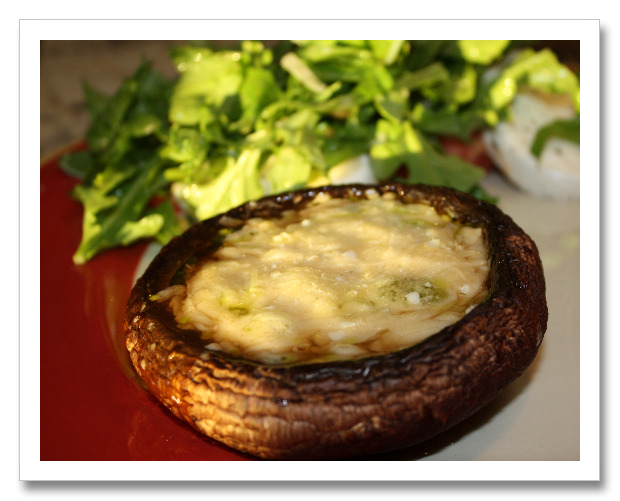
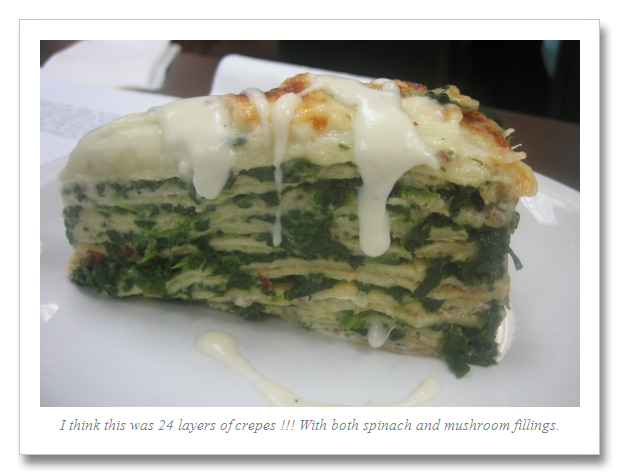
Leave a Comment!